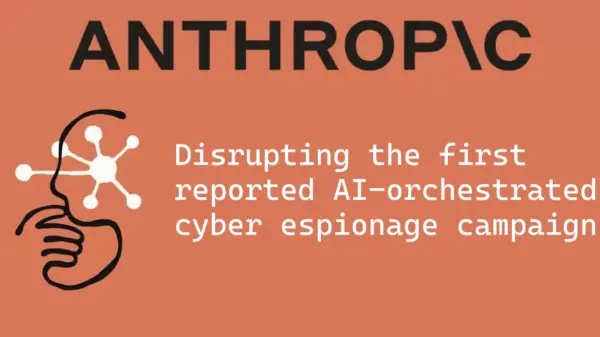As governments in Australia confront the complexities of scaling artificial intelligence (AI) beyond initial pilot programs, there is a growing recognition of the need for comprehensive strategies within public sector agencies. Despite having introduced various AI policies and adoption plans, many departments have yet to formalize a cohesive approach that addresses the intricacies of AI integration.
Recent discussions surrounding a national AI strategy emphasize the urgency for a structured framework that promotes skills, infrastructure, and innovation. The aim is to position Australia as a global AI leader by 2028. This challenge is magnified by fiscal constraints, as government leaders face pressure to expedite AI initiatives without a significant increase in budgets.
A Gartner survey reflecting the views of 499 government CIOs and technology executives reveals that the primary hurdles to scaling AI adoption include persistent concerns regarding AI ethics, fairness, bias, and the difficulties in building trust in AI models. Consequently, advancements beyond pilot phases are often lackluster and poorly organized, signaling that governance must lead the charge in AI adoption.
Moreover, the rapid evolution of AI agents presents a new realm of capabilities while introducing complexities for the public sector. The aftermath of the Royal Commission into the Robodebt scheme has heightened fears surrounding automation, potentially hindering the adoption of transformative technologies.
See also Cohere Secures $240M for Canadian AI Data Center Amid Concerns Over U.S. Partnerships
Cohere Secures $240M for Canadian AI Data Center Amid Concerns Over U.S. PartnershipsEstablishing a Unique AI Strategy
It is imperative for each government department to devise a tailored AI strategy, irrespective of their current ambitions or adoption plans. While some may feel unprepared, a well-defined AI strategy can set realistic expectations for executives and concentrate limited resources on high-value opportunities.
This strategy must align with whole-of-government priorities, promote cross-departmental collaboration, and link AI investments to leadership goals centered on mission, efficiency, and effectiveness. The ultimate objective should be to deliver measurable business value.
Defining the AI Vision and Governance
A core aspect of a successful AI strategy is the establishment of a clear vision that defines the goals a government agency or department aims to achieve with AI. This vision should support departmental priorities, including enhancing citizen experience, increasing workforce productivity, and risk management.
With a robust vision in place, governments can make more strategic technology investment decisions. Success in this area is directly tied to public trust and acceptance of AI initiatives. Notably, 89% of government CIOs and IT leaders identify responsible AI as a top priority, necessitating governance frameworks that foster trust, manage risk, and secure long-term success. While early frameworks have been created at federal and state levels, these need to be integrated into everyday operations across all departments and agencies.
Communicating Progress and Aligning Goals
Another critical step involves clearly defining AI ambitions to set the pace for adoption. This initiative requires collaboration with senior leadership to ensure alignment with overall organizational priorities. Presently, many governments seem to frame their AI ambitions around productivity gains, focusing primarily on internal initiatives rather than on delivering benefits to citizens.
Generative AI is emerging as a focal point, with 56% of government CIOs in Australia and New Zealand indicating their departments are either deploying or planning to deploy such initiatives by 2025.
To effectively build a structured portfolio of AI use cases, priorities should closely align with the agency’s mission and objectives. For example, if the goal is to enhance citizen experience and strengthen trust in government services, AI initiatives should prioritize improving access to and interaction with information. This could include deploying conversational agents to facilitate access to accurate information or utilizing summarization capabilities for personalized support.
Proactive communication regarding AI adoption is essential for building trust with stakeholders. Governments should highlight the implementation of AI assurance frameworks and governance structures that protect sensitive information, such as citizen data and privacy. By demonstrating a commitment to responsible AI usage, they can foster confidence among both internal and external audiences.
As AI becomes increasingly embedded in government operations, cultivating a culture of understanding and readiness among employees is vital. A thoughtful AI strategy should reflect the organization’s journey in this regard, ensuring that investments in AI are seamlessly integrated into operational workflows.
In conclusion, while the journey toward scaling AI in the Australian public sector is fraught with challenges, a well-structured strategy can unlock transformative potential. By aligning AI initiatives with departmental goals, fostering collaboration, and building trust, governments can navigate the complexities of AI adoption and realize its benefits for citizens.





































































